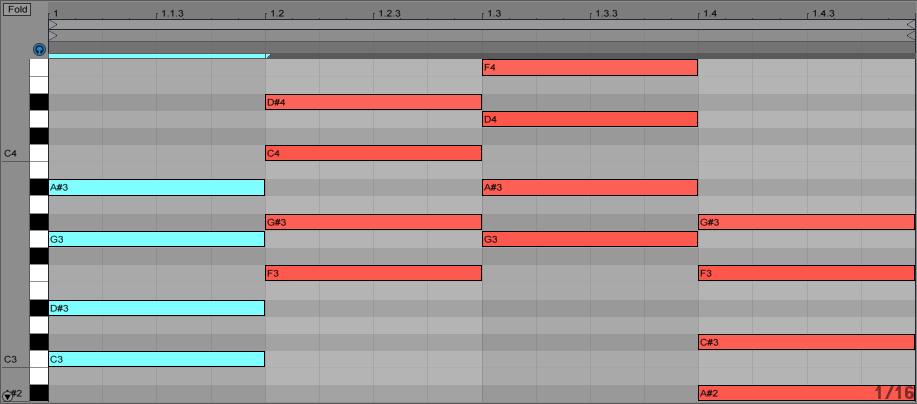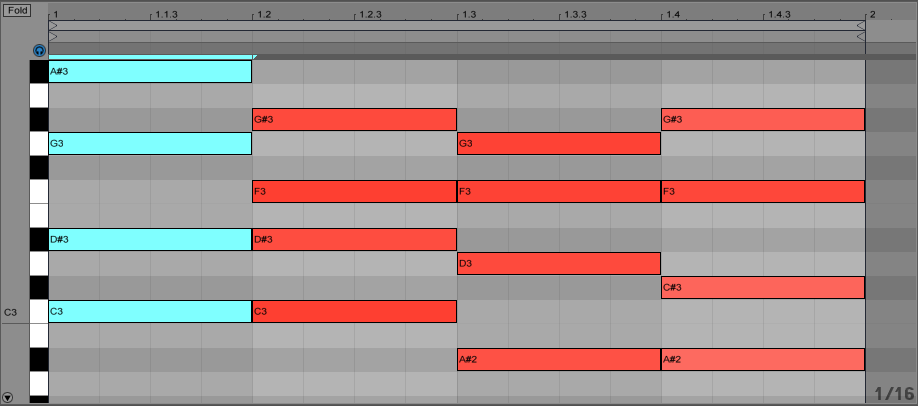Parallel Harmony
Problem:
There’s a certain quality to the chord progressions in a lot of deep house, post- dubstep, and related styles that seems to be difficult to replicate in your own music.
Harmony in house music and its variants is often a tricky thing to dissect. The chord progressions are often quite repetitive but also seem strangely alien—they sound quite different from the way harmonic relationships work in any other music. Here is one way to unlock some of what’s going on for use in your own music.
Solution:
A lot of house music chord progressions use a technique called parallel harmony, which refers to a method of moving from one chord to another in which each note moves by the same number of semitones and in the same direction. Parallel harmony is essentially what you would get if you copied a chord, pasted it somewhere else, and then transposed the copy. For example, here’s a chord progression (Cm7- Fm7-Gm7-B♭m7) constructed using parallel harmony:

If you try to play this on a keyboard, you’ll notice that you need to move your hand somewhat far to get from one chord to the next. A trained keyboard player might instead re-voice these chords to minimize hand movement, preserve notes that are shared between adjacent chords, and improve the voice leading.
Starting with the same voicing for the first chord, a more typical voicing of this progression might be something like:

But while traditional music theory would probably call the second version “better” than the first, the parallel version has a distinct sound which has found a place in a lot of electronic music. There are a number of technical and historical reasons for this, and you can use these techniques in your own music as well:
Sampled Chords
In house music, a common technique for creating harmony is to sample a single interesting chord from another song. As with sampled breakbeats, the source for these single chords is often classic soul or jazz tracks. By then playing the sampled chord at different pitches, the resulting harmony moves in parallel.
Chord Memory
A number of classic polyphonic synths from the 80s had a feature called “chord memory,” which was essentially an automatic parallel harmony generator. To use chord memory, the user would hold down a chord and press the chord memory button. After this, playing a single note on the keyboard would play the memorized chord, transposed as necessary. Many modern DAWs offer chord-generating MIDI processing tools that allow you to achieve a similar effect by automatically adding one or more notes (at specific intervals) to whichever note is played manually. This allows you to use any plug-in instrument to achieve parallel harmony.